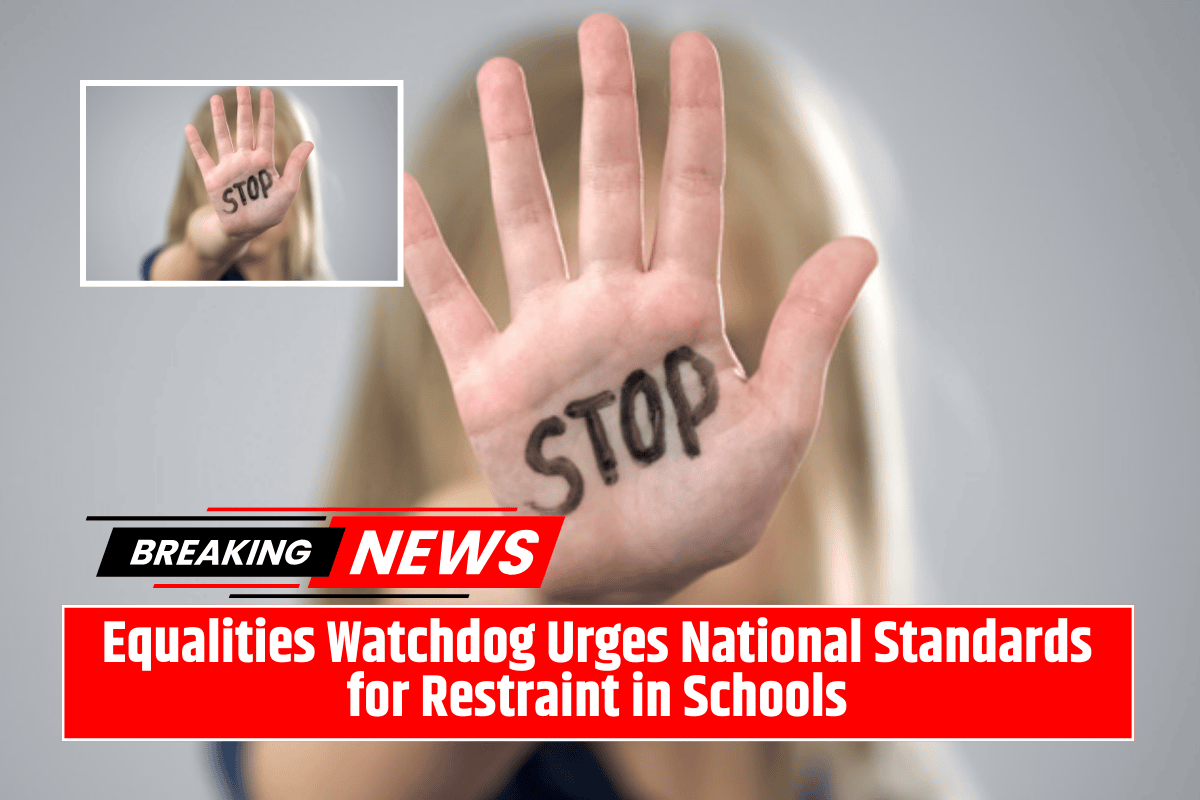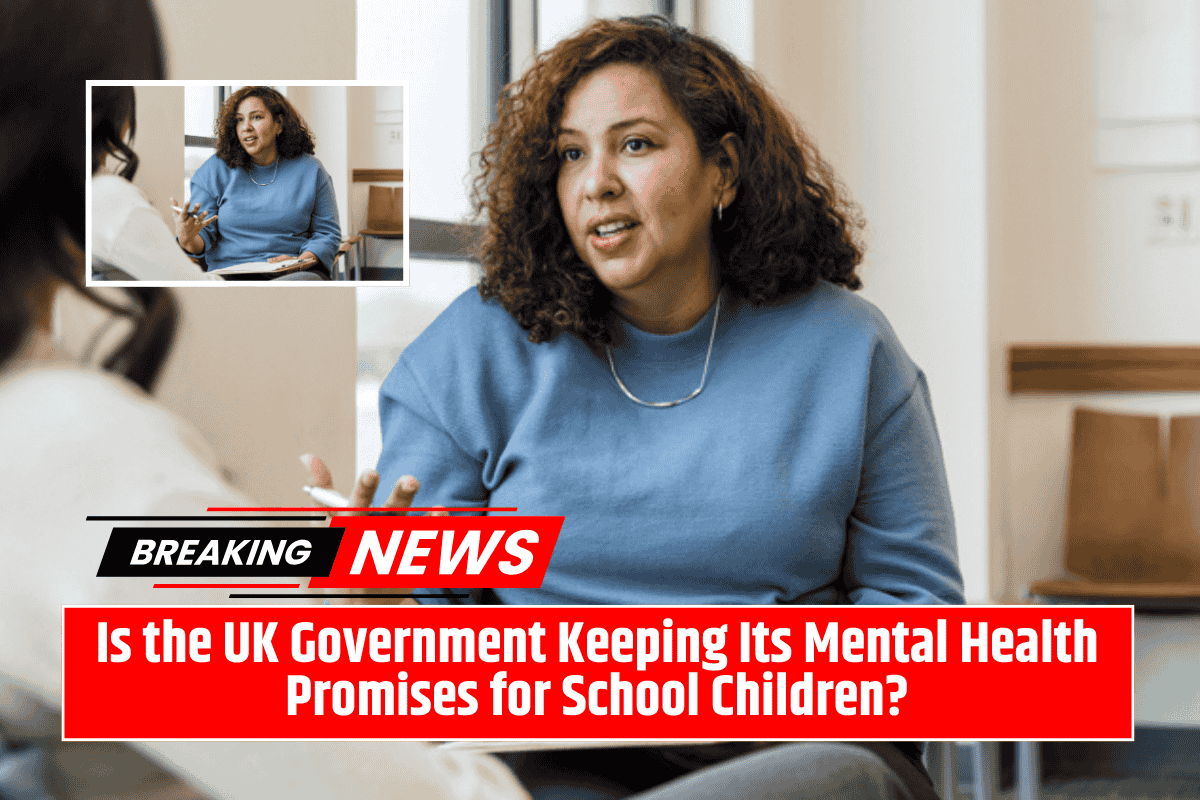The Equality and Human Rights Commission (EHRC) has called on the UK government to set national training standards for school staff when it comes to using restraint on students. This request is part of the EHRC’s response to a government consultation on the use of reasonable force and other restrictive interventions in schools.
The EHRC believes that the current guidance is unclear, and this could put both teachers and students at risk. They are pushing for tighter rules and clearer definitions to make sure restraint is used only when absolutely necessary.
What Is the Government’s Current Plan?
The Department for Education (DfE) recently published a draft update on guidance for restraint in schools. This is the first major update since 2013.
The draft says that:
- Teachers should use de-escalation techniques first, not physical force
- Any significant use of force must be recorded
- Schools must inform parents as soon as possible if force is used
But the EHRC says the draft still has major problems, especially around how key terms like “reasonable force” and “seclusion” are defined.
Why National Training Standards Matter
The EHRC is pushing for nationwide training rules so that all school staff are properly trained in how to handle difficult situations. Their past research found that schools often don’t know how to handle restraint correctly. Surprisingly, their findings showed that staff training sometimes led to more restraint being used, not less.
This is why the EHRC is now saying that training must follow human rights laws. Restraint should only be used if:
- It is legally allowed
- It is truly necessary
- It is done proportionately, meaning with only as much force as needed for the shortest time
Clearer Definitions Needed
The EHRC says terms like “reasonable force” must be narrowly defined to avoid misuse. Currently, the draft describes it as “physical contact by a staff member to control or restrain a student.”
But the EHRC wants the guidance to clearly say that force should only be used in these situations:
- To stop a student from committing a crime
- To prevent injury to a person or damage to property
- To maintain order and discipline in school
They also want the guidance to explain that only the minimum force should be used, and for only as long as necessary.
Psychological Risks of Seclusion
The DfE defines seclusion as isolating a student in a room they can’t leave. But the EHRC warns that this practice can cause psychological harm to children. They say the draft doesn’t clearly explain the risks of seclusion, or the many forms it can take, like internal exclusions or informal removals from class.
They want the final guidance to highlight the mental and emotional damage such isolation can cause.
Schools Need Better Guidance
An earlier inquiry by the EHRC showed that many schools are confused about what to include in their restraint policies. Many school leaders said they need clearer and more detailed guidance from the government.
John Kirkpatrick, the EHRC’s chief executive, said, “The draft guidance leaves too many legal requirements looking optional. That puts both students and staff in danger.”
He added that the Department for Education must update the guidance to match human rights standards, and urgently introduce national training rules to protect children.
With increasing concerns around restraint and seclusion in schools, there is a strong push from human rights experts to ensure all schools follow clear, lawful, and safe practices. Proper training, defined rules, and respect for children’s rights are key to protecting both students and staff. As the Department for Education prepares to finalise its guidance, these recommendations could lead to meaningful change in how difficult situations are handled in classrooms across England.











